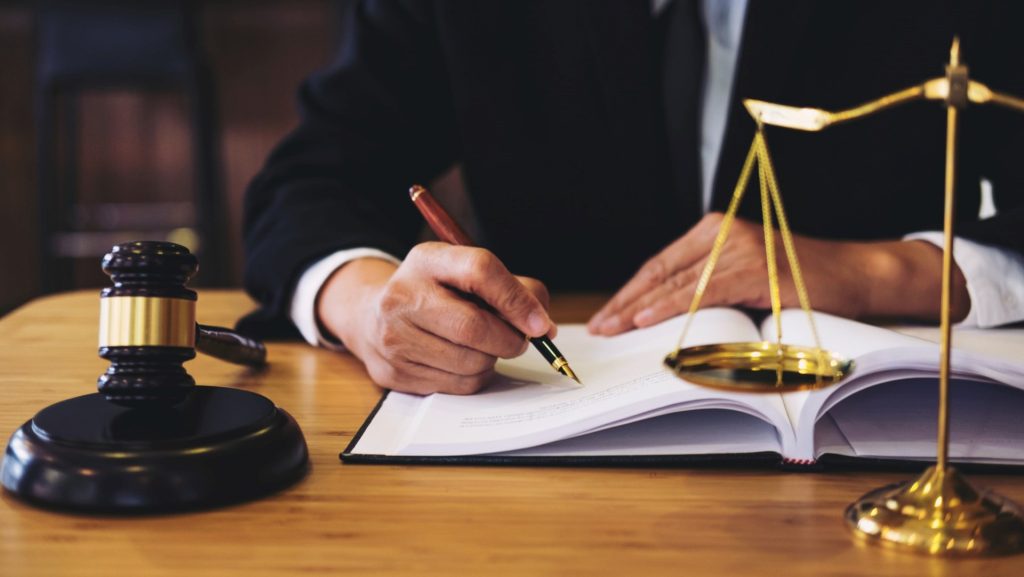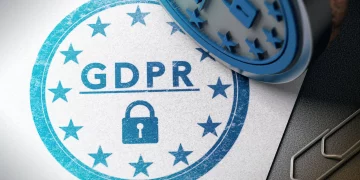As blockchain technology becomes integral to industries like finance, healthcare, supply chain, and digital identity, a pressing challenge has emerged: how to ensure compliance with global data protection regulations such as the EU’s General Data Protection Regulation (GDPR), the California Consumer Privacy Act (CCPA), and China’s Personal Information Protection Law (PIPL).
Blockchain’s core characteristics—immutability, decentralization, and transparency—offer powerful advantages for security and trust. Yet, these same features often conflict with legal principles that govern data privacy, particularly the rights of individuals to control, modify, or delete their personal data. The result is a growing tension between technological design and legal obligation, which must be resolved for blockchain to scale responsibly.
1. The Inherent Conflict: Blockchain vs. Data Privacy Laws
Most data protection frameworks are built on the following core principles:
- Data minimization: Only collect data that is necessary.
- Purpose limitation: Use data only for specified, legitimate purposes.
- User rights: Individuals have the right to access, correct, and request deletion of their data.
- Controller accountability: There must be a clearly identifiable party responsible for data processing.
- Cross-border restrictions: Some laws limit the movement of data across national borders.
Blockchain presents a challenge because:
- Immutability: Once data is written to a blockchain, it cannot be altered or deleted.
- Decentralization: There may be no clear data controller, especially in public blockchains or decentralized apps (dApps).
- Global Distribution: Data stored or processed on a blockchain may be copied across thousands of nodes worldwide, making jurisdictional control difficult.
- Transparency: Public blockchains expose transaction metadata, which could be linked back to individuals under certain conditions.
These conflicts make it difficult to determine how blockchain networks can stay compliant with existing and emerging privacy laws.
2. Identifying Personal Data on the Blockchain
Many assume that blockchain stores only anonymous data. In reality, this is not always the case:
- Pseudonymous ≠ Anonymous: Wallet addresses can sometimes be linked to real identities through analysis, making on-chain data “personal” under laws like the GDPR.
- Embedded Personal Information: Some use cases (e.g., decentralized identity, medical records, or notarization) may involve directly storing hashes or encrypted personal data on-chain.
- Off-Chain References: Even if personal data is stored off-chain, on-chain references (like a hash or pointer) may be considered personal data if they can be connected to a person.
As a result, many blockchain implementations fall under the scope of data protection laws—even if unintentionally.
3. Legal Solutions and Framework Adaptations
To address these issues, legal experts and policymakers are exploring several options:
A. Legal Interpretation of Hashes and Encryption
Some legal scholars argue that encrypted or hashed data may not count as “personal data” if it cannot be re-identified without a key. However, this interpretation varies by jurisdiction, and regulators often take a more conservative stance.
B. Evolving Definitions of ‘Data Controller’
In decentralized systems, it’s difficult to assign legal responsibility. One approach is to treat node operators, smart contract developers, or platform creators as “joint controllers” under the law, which can make them liable for compliance.
C. Regulatory Sandboxes
Some jurisdictions (e.g., Singapore, UK, UAE) offer regulatory sandboxes where blockchain innovators can test solutions under temporary exemptions while working toward long-term compliance.
D. Smart Contract Disclosure
Legal agreements, disclaimers, or terms of service can be embedded in smart contracts, ensuring that users give informed consent before interacting with platforms that process personal data.
4. Technical Strategies for Privacy-Compliant Blockchain Design
Several blockchain design principles and innovations aim to align with data protection laws:
A. Off-Chain Storage with On-Chain References
- Personal data is stored off-chain in secure, access-controlled databases or decentralized storage systems (e.g., IPFS, Arweave).
- The blockchain only stores cryptographic hashes or pointers.
- Users can delete or modify their data off-chain, preserving their “right to be forgotten.”
B. Zero-Knowledge Proofs (ZKPs)
- ZKPs allow a user to prove the validity of data (e.g., age, identity) without revealing the data itself.
- This privacy-preserving technique ensures compliance with minimization and confidentiality requirements.
C. Decentralized Identifiers (DIDs) and Verifiable Credentials (VCs)
- Users retain full control over their identity and credentials.
- Credentials can be verified without exposing the underlying personal information.
- This approach aligns closely with the GDPR’s principle of user data sovereignty.
D. Permissioned or Private Blockchains
- For regulated industries, permissioned blockchains offer stricter access controls and the ability to define clear data roles (controller, processor, etc.).
- Privacy-focused platforms like Hyperledger Fabric, Corda, or Quorum are being adopted in sectors like banking and healthcare.
E. Data Expiry and Encryption Timeouts
- Some blockchains allow encrypted data to “expire” after a certain period by destroying decryption keys.
- While the data remains on-chain, it becomes permanently inaccessible—providing a functional equivalent to deletion.

5. Cross-Border Data Flows and Jurisdictional Compliance
Global blockchain networks inherently involve cross-border data movement, which triggers international legal scrutiny:
- GDPR prohibits data transfer outside the EU unless the destination offers “adequate” data protection.
- China’s PIPL requires government approval for transferring personal data overseas.
- U.S. state laws vary significantly, with California’s CCPA being the most robust.
Solutions to address cross-border compliance include:
- Hosting critical infrastructure (nodes, storage) within legal jurisdictions.
- Using data localization strategies for sensitive sectors.
- Implementing legal interoperability layers to manage data flow according to local rules.
6. Governance and Industry Standards
To support privacy compliance, blockchain ecosystems must adopt strong governance and best practices:
- Data protection impact assessments (DPIAs) for new dApps and protocols.
- Privacy-by-design principles baked into development cycles.
- Industry codes of conduct (e.g., by the Global Blockchain Business Council or OECD).
- Audit trails and compliance certifications that demonstrate regulatory alignment.
Legal-tech collaborations, privacy committees within DAOs, and third-party compliance platforms are also emerging to monitor adherence and respond to user complaints or regulatory inquiries.
7. Future Outlook
In the next decade, blockchain systems will be expected to meet the same data protection standards as traditional IT systems. This will drive innovation and standardization in:
- Privacy-preserving computation (MPC, homomorphic encryption)
- Cross-chain compliance protocols
- Interoperable legal registries linked to blockchain activity
- Global privacy certifications for smart contracts and dApps
Meanwhile, regulators will need to update existing laws to accommodate distributed, cryptographic systems without stifling innovation.
Conclusion
Blockchain technology and global data protection laws are not inherently at odds—but they do require thoughtful integration. By adopting privacy-focused designs, aligning governance structures, and engaging with regulators, blockchain developers can ensure that their applications respect individual rights and operate legally across borders.
The path forward lies in building compliant decentralization—where trustless technology and legal accountability coexist. In doing so, blockchain will not only protect privacy but become a foundational pillar in the digital economy of the future.


















































